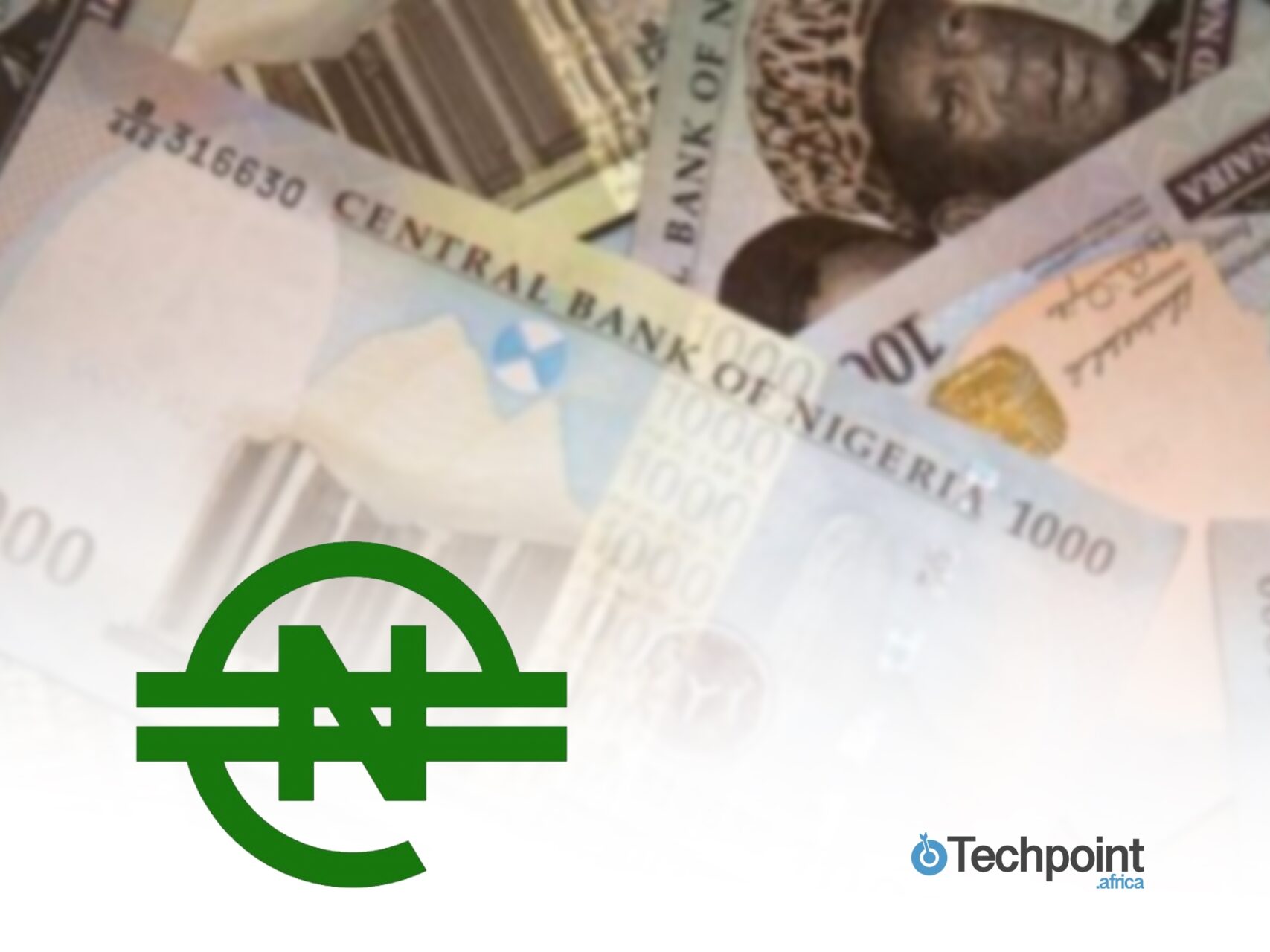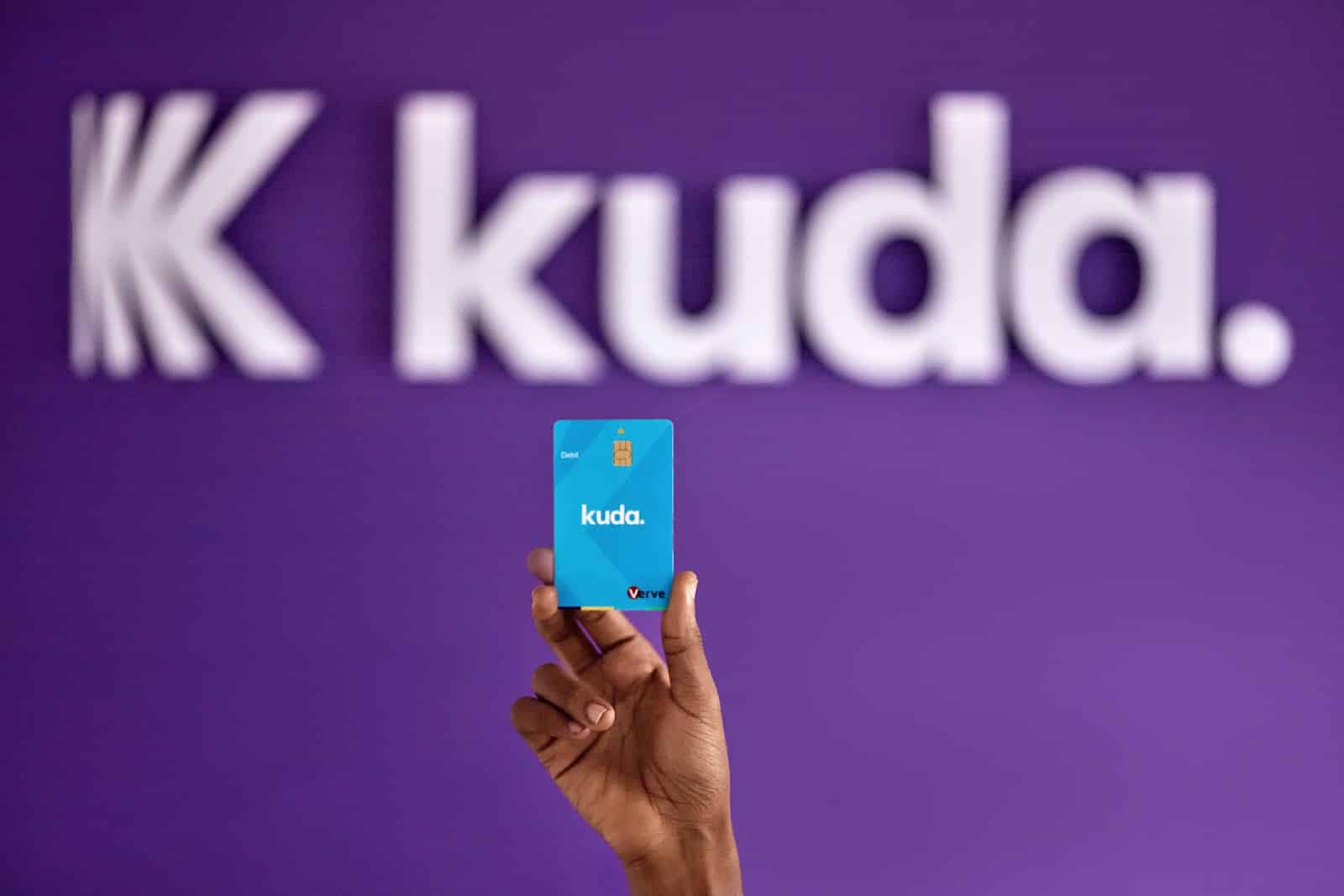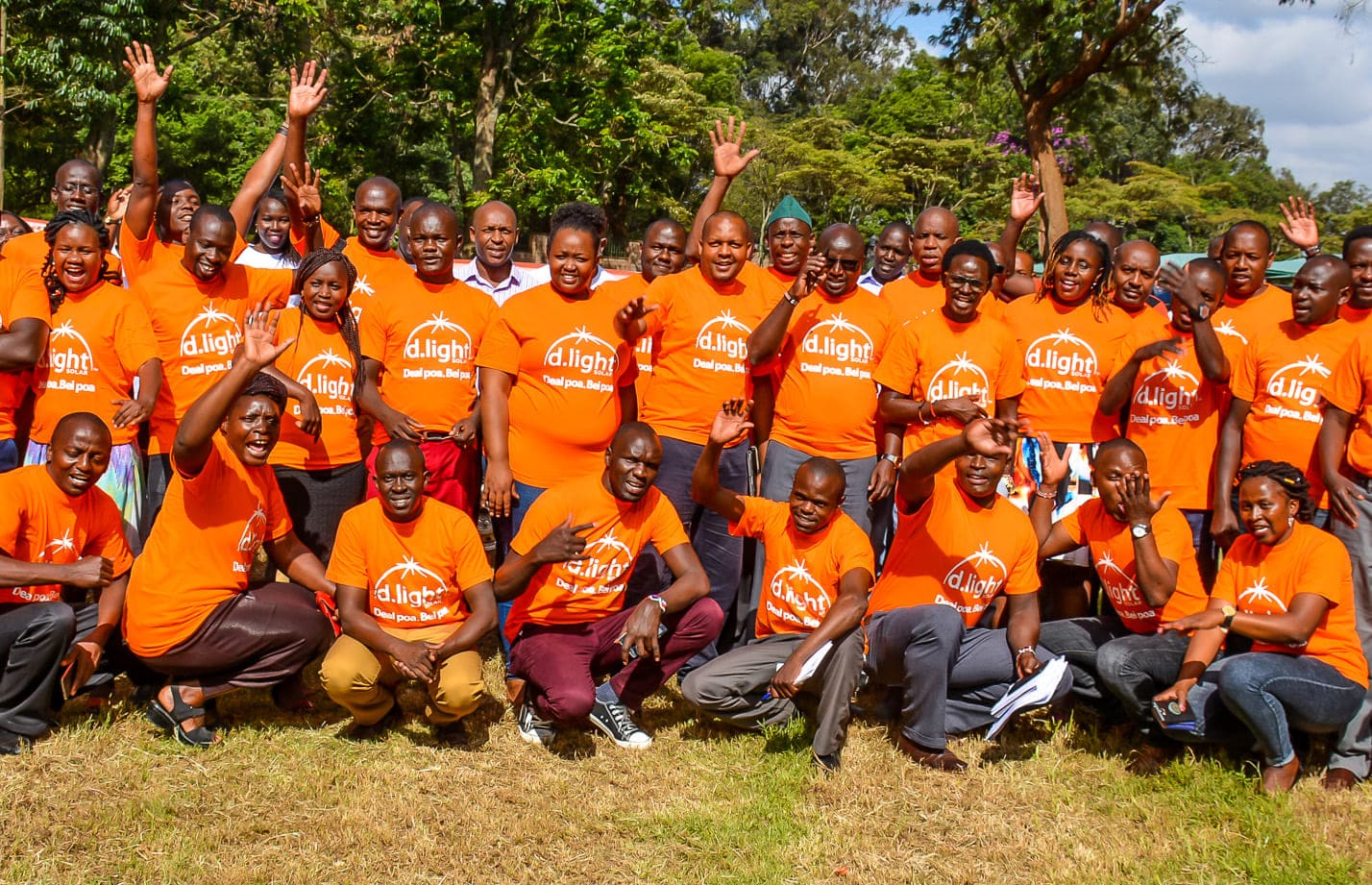Introduction: Naira’s digitisation (the eNaira)
A very recent accomplishment of the Central Bank of Nigeria (CBN) is the issuance of the new Central Bank Digital Currency (CBDC), the eNaira.
The eNaira is the digital form of the Naira issued by the CBN to complement the traditional Naira as a less costly and more efficient means of payment, geared towards fostering financial inclusion of the unbanked population.
The eNaira has been designed to operate using the two-tier model, ‘a hybrid system’, where the CBN as developer and regulator relates directly with the users, while the commercial banks, including other fintech organisations, act as intermediaries.
Consequently, financial institutions have the responsibility to onboard their customers and integrate the eNaira wallet feature into their digital banking channels.
Acceptance of the eNaira

If properly harnessed, a more simplified and less costly payment system would thrive in Nigeria. The country is home to one of the world’s youngest populations, with increasing smartphone penetration, and has made notable advancements in regulations to increase financial inclusion and cashless payments.
Certainly, there are challenges to operating a CBDC, one of which is the possibility of deposit flight from traditional commercial banks.
Measures to combat this concern include limiting the amount of CBDC held by each consumer as already implemented by the CBN and its zero interest rate, thus disincentivising the need to have a high stock of this asset. Regulators should begin to measure the level of acceptance of this digital currency within the next few months.
Beyond Financial Inclusion
A CBDC Regime for Efficiency in the Flow of Foreign Remittances
One of the major benefits canvassed for the development of the CBDC is the ability to solve the present inefficiencies in the flow of foreign remittances (FR). FR flow continues to be one of the greatest sources of revenue for developing economies such as Nigeria.
The World Bank data also indicates that remittance flow to Nigeria accounted for over 40% of remittance flows to the sub-Saharan region in 2020, while remaining the most expensive region to send money to.
How can the adoption of CBDC by central banks aid in solving the inefficiencies in the flow of FR? A major priority of the G20 has been the need to enhance cross-border payments by addressing the key challenges.
Various research efforts aimed at addressing these challenges indicate that by leveraging on technological advancement, a model like the Distributed Ledger Technology (DLT) solution for cross border funds transfer has the potential to complete a multi-currency cross-border payment process utilising wholesale multi-CBDCs (mCBDCs) within seconds.
To achieve these gains, it is imperative to factor an international dimension into the CBDC’s design. This would require multi-jurisdictional collaboration amongst central banks, which takes interoperability across jurisdictions into account when countries are designing their domestic CBDCs. It is hoped that the design model behind the eNaira can permit coordination amongst peers once mCBDCs models become operational.
Boosting Intra-African Trade by Digitising Trade Finance: A case for mCBDCs
Beyond the tremendous potential for efficiency in the flow of FR, mCBDCs may provide a great avenue for boosting intra-African trade through a unified payment system for cross-border trade in goods and services within the African Continental Free Trade Area (“AfCFTA”).
The AfCFTA, once fully operational, promises to unlock immense value and economic development for the continent. Blockchain technology is delivering great rewards, which the continent has to fully embrace to make the quantum leap in economic development, especially after the setback experienced due to the COVID-19 pandemic.
As already stated, the DLT solution for cross-border and FX funds transfer has huge potentials for simplifying cross-border payment with great savings on time and money.
Research already reveals that it can deliver advantages like payment verification decentralisation, resilient payment landscape, payment innovation through utilisation of smart contracts, cash tokenisation, data integrity, and interoperability.
These are emerging solutions to pain points currently experienced in cross-border transactions, and African entrepreneurs and SMEs will benefit greatly from such a system.
The DLT solution is not without its problems like other technological innovations, and various jurisdictions are still ironing out the kinks. However, the conversation keeps progressing and Africa through AfCFTA must not be left out of the discourse as the DLT solution promises to be one of the major avenues for eliminating non-tariff barriers to trade within the continent.
Asides from Nigeria, many African countries are actively exploring and researching the issuance of CBDCs in their jurisdictions. We believe that CBDC adoption within the AfCFTA is imminent, albeit progressive.
Thus, the importance of early cooperation amongst member states at the design stage, or at the latest, the pilot stage, cannot be overemphasised. If this window is missed, coordination at a later stage becomes cumbersome, time-consuming, expensive, and may set the continent back decades in its economic development agenda.
The unplanned and undesirable alternative would most likely be a proliferation of largely unregulated cryptocurrencies and their variants as a means of payment across large eCommerce platforms and the likely adoption of global alternatives to money such as the stablecoins, which is already a subject of discourse.
Conclusion
Nigeria has taken another bold step towards trade finance digitisation by introducing the eNaira; however, the journey has just begun. CBDCs have great potential for unlocking the exponential economic growth of Africa.
Some countries and regional economic blocs are making great strides in developing workable solutions to unlock the value in mCBDCs adoption through partnerships with organisations like the Bank for International Systems (BIS).
If Africa is to tap into the huge potential for trade liberalisation offered by the AfCFTA, it needs to take a cue from these jurisdictions and explore partnerships for research and development into mCBDCs as a veritable means for cross-border payments.











